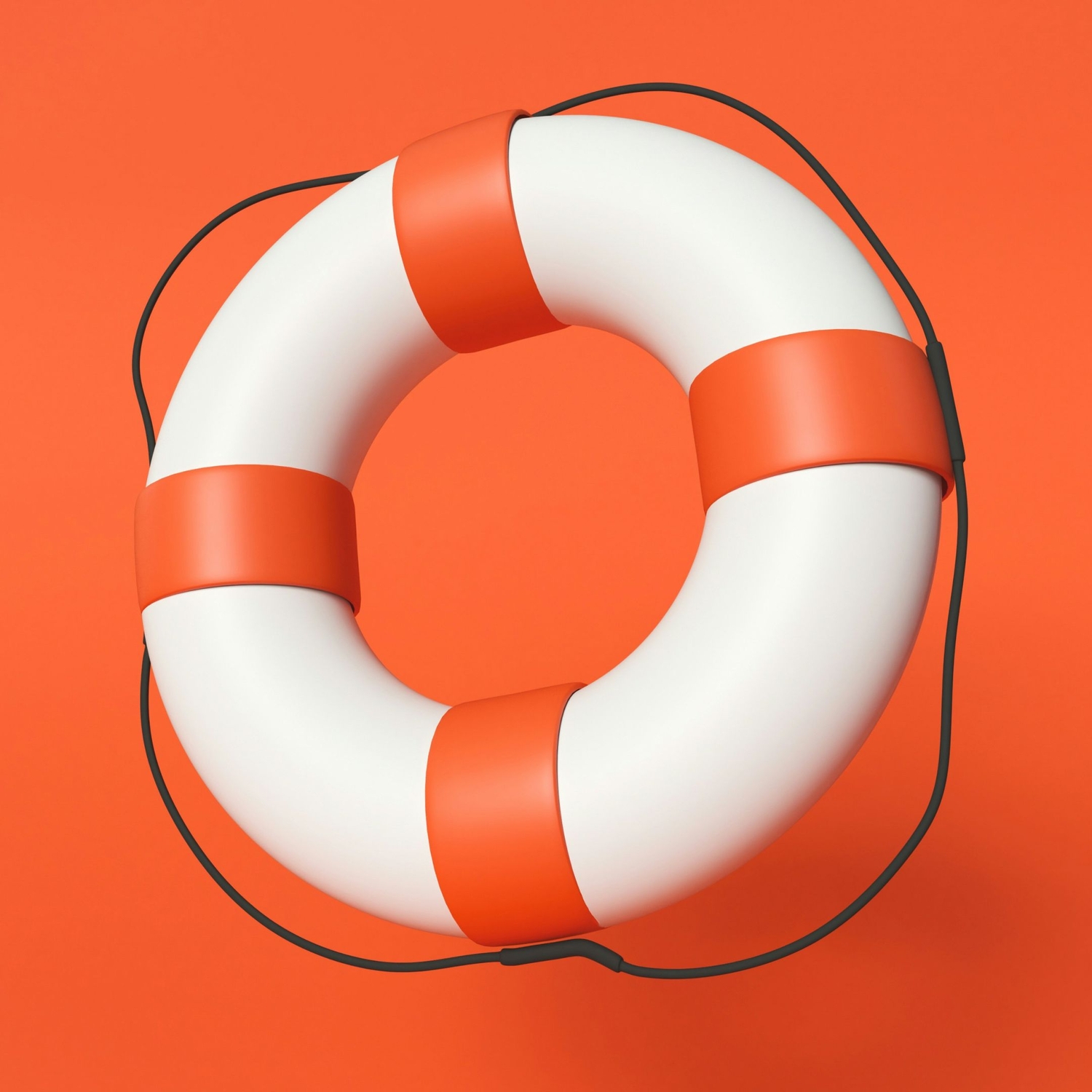Safety Plan Template for Therapists
Download the free safety plan template for therapists
Download free resource
Enter your email below to access this resource.
By entering your email address, you are opting-in to receive emails from SimplePractice on its various products, solutions, and/or offerings. Unsubscribe anytime.

Mental health clinicians can use this safety plan template for therapists to help clients during times of crisis.
Suicide is a major public health concern worldwide.
In the United States, suicide is the eleventh leading cause of death overall, and the second leading cause of death for people ages 10 to 14 and 25 to 34, accounting for nearly 50,000 deaths per year.
In addition, provisional data from the U.S. Centers for Disease Control and Prevention (CDC) indicate suicide deaths rose by 5% in 2021 and 2.6% in 2022. These figures highlight the importance of suicide screening and using safety planning worksheets in both mental health and primary care settings.
This article reviews safety planning, key information to include in a safety plan, and we provide a safety plan template for therapists to use in your practice and save to your electronic health record (EHR) for future use.
While there isn’t a one-size-fits-all plan, the editable template can be customized and used as a safety plan worksheet that provides clients with steps to take and resources for support.
What is a safety plan?
A safety plan is a brief intervention to help individuals who are experiencing suicidal ideation and crisis. Both the Suicide Prevention Resource Center and The Joint Commission recommend safety planning as a standard of care.
A safety plan is a written document that a therapist can create in collaboration with the client.
Often clinicians will use a safety plan for suicidal ideation worksheet, which outlines support mechanisms and steps to take in the event of a crisis, or when the client is experiencing suicidal ideation.
A safety plan usually accompanies other mental health treatments, but therapists can also use the safety plan template for therapists as a standalone document.
A therapist may complete a safety plan as part of their routine intake screening. For example, intake paperwork often contains a depression screening questionnaire, such as the Patient Health Questionnaire (PHQ-9), which asks if the client is experiencing suicidal thoughts. The client’s results can highlight to the therapist that a safety plan is necessary.
As standard practice, clinicians can administer a suicide screening as part of their assessment, using a validated measure like the Ask Suicide-Screening Questions (ASQ) tool.
The ASQ asks four questions:
- In the past few weeks, have you wished you were dead?
- In the past few weeks, have you felt that you or your family would be better off if you were dead?
- In the past week, have you been having thoughts about killing yourself? If yes, how? When?
- Have you ever tried to kill yourself?
If the client answers no, the screening is complete.
If the client answers yes, they are asked an acuity question: “Are you having thoughts of killing yourself right now? If yes, please describe.”
If the client answers yes to this question, they are considered an acute positive screen and it is recommended they undergo an immediate mental health evaluation. Answering “no” is a non-acute positive screen, requiring a brief safety assessment and safety planning worksheet. The ASQ screen also recommends alerting the client’s primary care provider and providing them with crisis line resources.
How a safety plan can help clients
A safety plan can help clients take an empowered and proactive approach to cope in the event of a crisis, or when experiencing suicidal ideation.
The plan helps clients identify red flags or warning signs, provides coping strategies, and signals when the client should get help. It is also a helpful strategy to actively reduce access to lethal means.
Therapists can ask clients to take a copy of the written document and take a photo of the plan to reference during a crisis.
This can be a particularly helpful strategy for younger clients who tend to have their phone nearby.
What to include in a safety plan
A safety plan is a collaborative crisis planning worksheet completed between client and clinician.
Think of it as a roadmap that directs the client to take active steps when experiencing a crisis.
Safety plans should contain the following information:
- Triggers, stressors, or warning signs that suicidal ideation may occur, such as feeling overwhelmed, isolating themselves, feeling down and depressed, or experiencing suicidal thoughts.
- Internal coping strategies, such as:
- Distractions, like going for a walk, playing a game, or tackling a project that requires focused attention
- A list of reasons for living, which can motivate the client to gain perspective
- Mindfulness activities, like meditation and breathing exercises
- Social distractions, which include ways to socialize with others, such as going to a specific location (like a coffee shop) or taking part in an activity with friends that may provide support and distraction from difficult thoughts and feelings.
- A list of contacts that can provide emotional support and assistance when needed, such as close family members and friends.
- Emergency resources, including therapist’s phone number, local emergency room locations and phone numbers, and crisis lines such as:
- National Suicide Prevention Lifeline: Call 988; En Español: 1-888-628-9454
- Crisis text line: Text “HOME” to 741741
- Online chat: Visit 988lifeline.org/chat
- Trans Lifeline (a hotline for trans folks by trans folks): Call 877-565-8860
- LGBTQIA+ youth crisis support: The Trevor Project (call 1-866-488-7836), or text “START” to 678-678
- Call Blackline (a counseling and peer support line for people of color): Call 1-800-604-5841
- Veterans crisis line: Dial 988 and press 1, or text 838255
- Steps to reduce access to lethal means:
- Limit access to medication, such as disposing of old medications or asking a friend to keep hold of a controlled substance while the client is experiencing a crisis.
- Remove firearms from the property and store them in a locked location, with the bullets in a separate locked safe.
- Other means to increase safety in the home environment and to reduce the client’s ability to act on suicidal thoughts.
How to use the safety plan template for therapists
Our free downloadable crisis safety planning worksheet PDF contains all the safety planning prompts needed to tackle a mental health crisis.
The plan works as a suicidal ideation safety plan worksheet, allowing you to work collaboratively with your client to create a comprehensive safety plan.
The safety plan template for therapists is fully customizable, so clients can fill out each section with their triggers, coping strategies, and phone numbers to call when experiencing a crisis.
How SimplePractice streamlines running your practice
SimplePractice is HIPAA-compliant practice management software with everything you need to run your practice built into the platform—from booking and scheduling to insurance and client billing.
If you’ve been considering switching to an EHR system, SimplePractice empowers you to streamline appointment bookings, reminders, and rescheduling and simplify the billing and coding process—so you get more time for the things that matter most to you.
Try SimplePractice free for 30 days. No credit card required.

